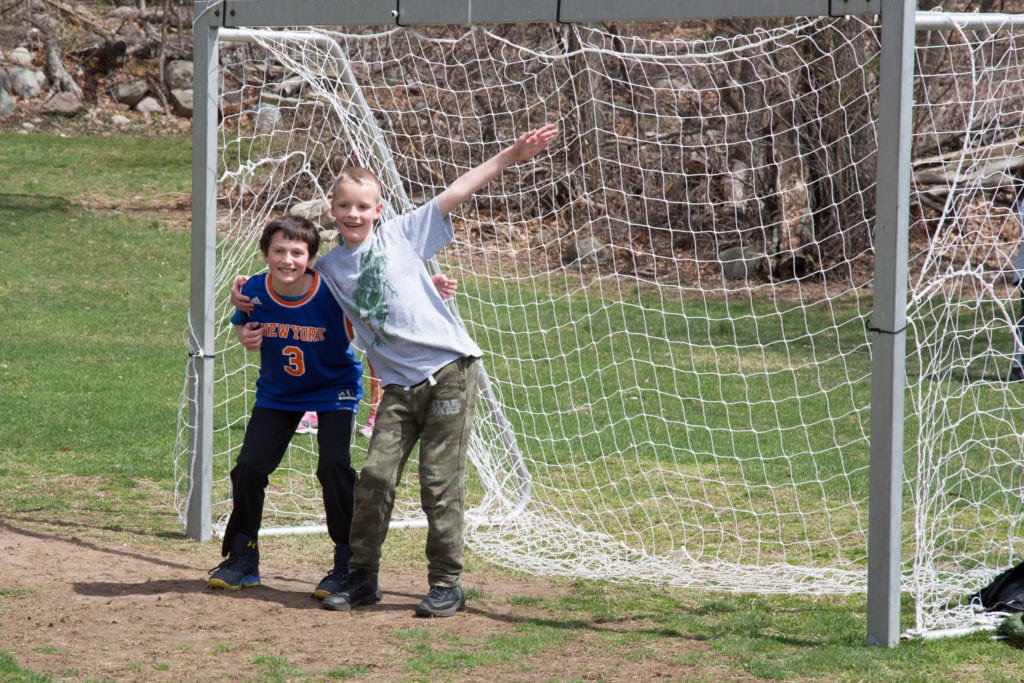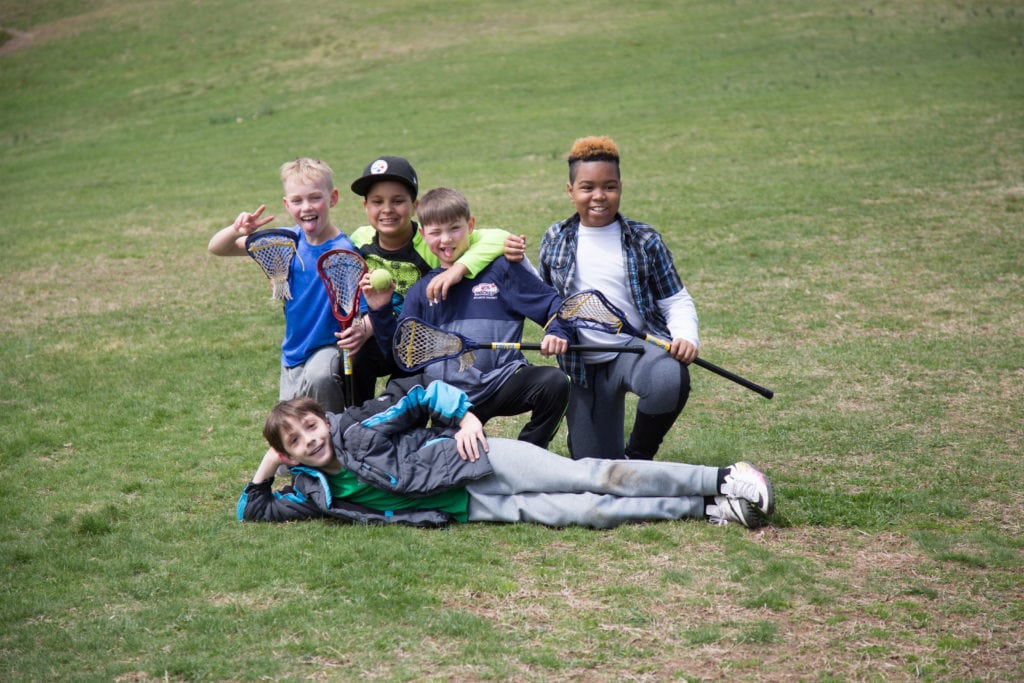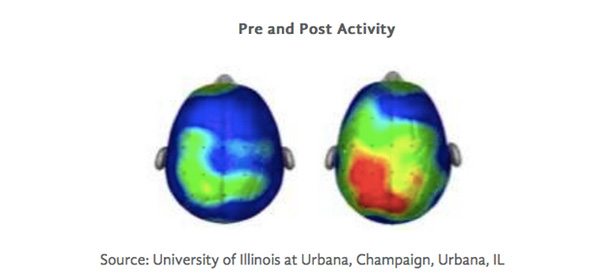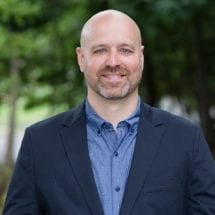Considering Eastern Christian School? Join us at an upcoming open house event or take a personal tour! Register Online
Movement Matters
“If you look at what produces learning and memory and well-being, play is as fundamental as any other aspect of life.”
-Stuart L. Brown M.D., president, The National Institute for Play
Physical movement is essential to learning. And yet, while almost every educational expert would agree with this statement, movement is being promptly “moved out” of education in America. Amid pressures to cram more and more content into the collective brains of our nation’s students, “Sit and git” remains the approach, and recess time and Physical Education programs are systematically being cut.
More articles on the link between movement and learning:
- The Importance of Physical Education For Kids
- The Importance of Physical Education
- The Benefits of PE in School
- The Right – and Surprisingly Wrong – Ways Get Kids To Sit Still in Class
- Movement and Learning
- Why So Many Kids Can’t Sit Still In School Today
- Why Kids Need to Move, Touch and Experience to Learn
The real shock is that, as a nation, we have known the movement/learning correlation for so long, but over the past few decades as it relates to the education of our young people, we have effectively acted as if the opposite were true!
Movement Matters at Eastern Christian Elementary School
So while things like recess, Physical Education, and even integrating movement into the curriculum seem like they should be “par for the course” in education, the fact of the matter is that these once common practices in schools are unfortunately becoming increasingly rare.
Amid the wave of other educational institutions turning away from the evidence, Eastern Christian Elementary School has held firm to the importance of movement in our education.
Here’s what ECES students get by way of daily planned recess time:
- Before School Recess: up to 35 minutes every day before school. Weather permitting, this time is outside on one of two beautiful playgrounds. But even if the weather doesn’t cooperate, the kids get active time in the gymnasium.
- Morning recess: 15 minutes
- Afternoon recess: 30 minutes
ECES principal, Sandy Bottge, said that Eastern Christian Elementary School is committed to continuing to offer our recess program, and that we would not decrease active movement time for our students. “We recognize the importance of playtime, socializing with friends, and being active, to learning and to the development of the whole child.” said Mrs.Bottge. “Movements like running, swinging, climbing and playing have so many benefits. Physical movement is a release for students’ energy. It gets blood circulating and it increases brain function.”
And she’s right! Back to all of the studies – here’s a picture of a human brain before and after physical activity:
Note the increase in activity in the back of the brain near the cerebellum. While this area of the brain takes up 1/10th of the size of the brain, it contains nearly half of all its neurons. And this is the area that is associated with BOTH movement AND learning. It’s literally how God has hardwired us!
In addition to the physical and academic and developmental benefits, recess time is also important for the development of social skills.

For example, if you would watch an ECES recess, we have a lot of kids who like to play soccer. Soccer at recess is much different than club or town recreation soccer. Adults are not making or enforcing the rules. The kids have to learn to work things out among themselves. It encourages teamwork, problem-solving skills, and even cooperation amidst competition. Sometimes adult recess supervisors DO have to step in to redirect them, but it’s important – where possible – to let students develop these vital skills organically.
Not Your Father’s P.E.
ECES students have Physical Education twice/week for K-4 for 30 minutes. Debi Veenstra teaches PE and even incorporates health lessons into the curriculum. Both are so crucial. She takes what students are learning in their classroom and incorporates it into Physical Education. She develops many unique games that involve movement and support classroom instruction.
For Example, in Kindergarten, when the are learning about the letter J, Mrs. Veenstra turns the gym into a Jungle. The balance beam becomes a log over a stream. The rope is a vine to swing on, etc. She also integrates math into PE class. Students may have to run from one station to another and solve a math problem in the process. She even incorporates the spiritual theme verse and recites it with the motions at the end of every class!

More Movement
- In addition to recess and physical education, ECES values many more types of movements. Weekly chapel services include standing, singing and “doing the motions” to many of the songs. For some of our students, we have inflatable disks for kids to sit on, and we have used exercise balls as chairs where necessary.
- Our academic support teachers are very knowledgeable and skilled, and understand how some kids learn differently and need more physical integration into their learning. These teachers coordinate an ISP (EC’s version of an IEP) that include physical modifications. But the best thing about being in a private school is that there is no red tape involved. We can do what it takes to help the child. Without having to be “classified” or “diagnosed,” students get the learning assistance they need.
- We incorporate a lot of movement in music. Movement and music go hand in hand. Our teachers will incorporate marching, clapping, or other types of movement to feel the music. We have a theme song our kids learn that teaches children motions.
As a matter of fact, dear reader, you’ve been reading this post for too long. If you want to learn and grow like ECES students, stand up and do a few stretches!






